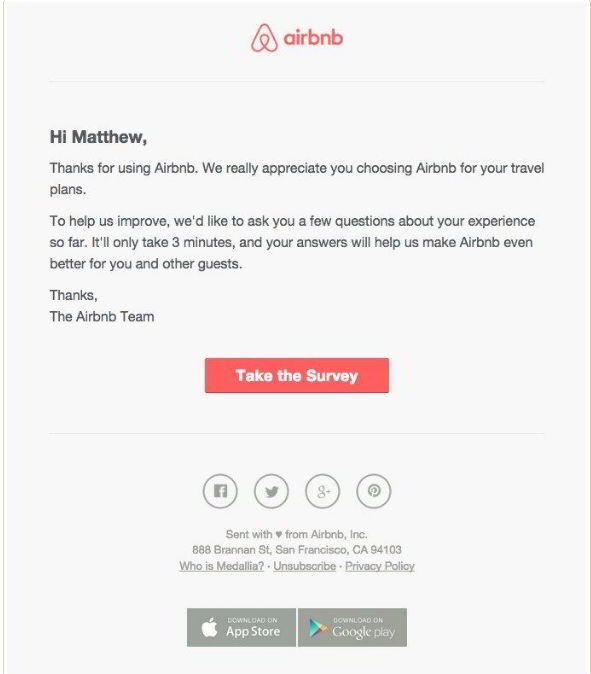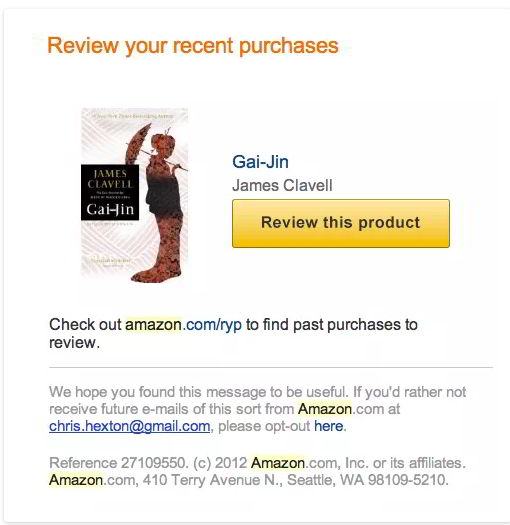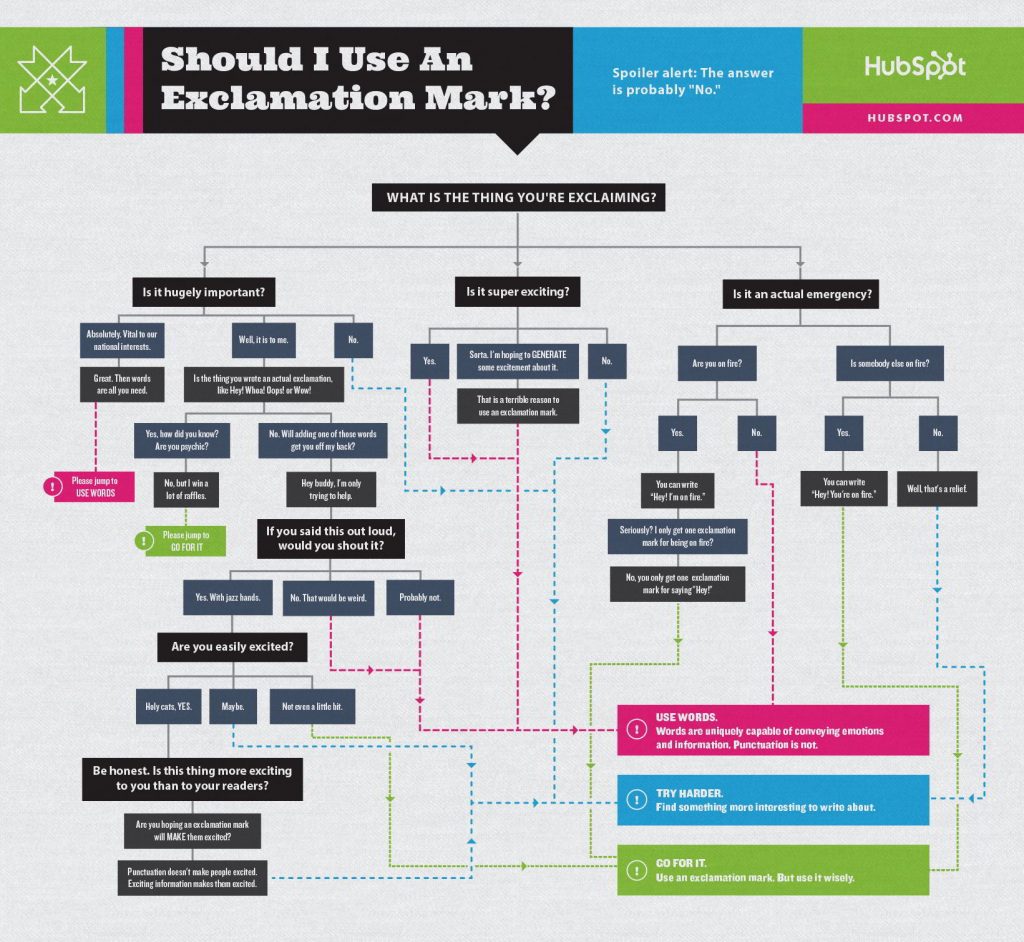When you want to grow your business everyone will tell you that you need an email campaign that hooks people. The only issue is that no matter how many you send; you still don’t seem to be getting any traction. This is a problem because even when email open rates are relatively high, corresponding click-thru rates often lag significantly.
For example, the average email open rate in the financial services niche is more than 27%. Click-thrus are only around 5%.
Clearly, you need a lot of opens to get the results you need. If that isn’t happening, there’s a problem. To learn more, take a look at the 7 reasons why your emails are going unanswered.
You haven’t done your research
If you’re trying to target a specific person in an organization, then you must know their name and job title. This is just common sense when it comes down to it. How would you feel like someone in a decision-making position if you received a generic template email? What would you do with it, other than send it straight to the deleted items folder? Here’s an email from AirBNB that directly addresses the customer, and properly targets them as someone who has recently used their services.

The same goes for talking to people en mass. If you want to reach an audience, then you need to know what it is that they actually want. You have to know what makes them tick so that you can offer them something they want.
You talk about yourself rather than what the reader will gain by reading past the first line
Never open an email by talking all about yourself. You need to frame a problem, give an overview, or include a thought-provoking statistic. This is your hook, and it needs to happen in the very first line if you want the reader to stay with you.
Saying: “I” and “we” gives the impression that you think it’s all about you. “You” and “your” are the words you need if you want to get inside the mind of your customers and show them that you can add value. Start by offering them something and they’re far more likely to keep reading.
If you want to learn to write a persuasive sales email then frame a problem before adding value by showing how you can solve it. It may not sound like a big difference to what you’re doing now. But to the reader, it will be like night and day.
Your subject line is longer than 7 words
When subject lines exceed 7 words their effectiveness drops sharply and your email will look too much like spam. That’s clearly something no one wants, but how do you know when you’ve created a winning subject line?
There are a few tried and tested things that always work:
- Include a number so that you people know you offer specifics
- Avoid exclamations marks: they look spammy rather than create the urgency you seek
- Use words like ‘tips’ or ‘secrets’ so it’s clear to the reader that you have something to give them, and you don’t want anything in return
The final thing you need to know about subject lines is that you must test them. Run A/B tests with two different headlines and then compare your opening rates. This will allow you to home in on a winning formula which you can then tweak and adjust throughout the course of your campaign.
You can check out some great examples of email subject lines here. We like this one from Warby Parker “Uh-oh, your prescription is expiring”. It’s simple and to the point.
Your questions are vague when they need to be specific
If you want to ask someone a question, then cut to the chase and be specific. Don’t ask: “do think you do too much work?” as this is too vague. Focus down to something that your readers can give a concrete answer to: “how many hours overtime did you do last week?”
“We always ask our customers exactly what we want to know. Only then can we be sure that we’re going to engage them with a question they care about” — says Susan Thomas, Email Marketer at Essayguard.
The secret is to remember that you want your customer to give a specific answer. Not because you’re trying to conduct a survey. But because you want them to have a thought in their heard that you can then act on throughout the rest of your email. Try to preempt what they will think: “I did 4 hours overtime and got no thanks for it!” This will allow you to tap into their psyche and position yourself as the helping hand they didn’t know they needed.
The layout looks too much like spam
Everyone is sick and tired of spam so please, please, please don’t make your email look like yet more spam. Keep your layout crisp and clean, and avoid overpopulating it with popups and different fonts. If in doubt, less is more.
Take a look at the emails from Apple or Amazon if you want some insight into what works best in different settings. Apple’s emails are very artistic and work by offering you imagery, a product tagline, and not a whole lot else. That’s because they’re designed to launch a new product. Amazon’s emails are designed to make you buy something then and there, so they focus on squeezing you towards the add to cart button. Even when they aren’t asking you to make a purchase, their emails follow a very clear pattern and have a clear call to action. This consistency ensures people that the email is genuine.

Two very different aims and approaches, but both are experts at what they do.
You’re too formal when you need to be conversational
Sending emails that read like sales pitches is the best way to have them sent straight to the deleted items folder. Adopt a warm and friendly tone and people will instantly be engaged just as they would if they’d received a message from a friend or family member.
Every successful email campaign relies on connecting with the reader in a way that makes them feel valued. This doesn’t mean that you need to be overfamiliar, but it does mean you should be conversational. If your emails read like work memos then the reader will just get bored. Make them read like friendly pieces of advice then people will forget they’re being sold to. Ideal if you want them to focus on the problem you’re identifying and the product or service that you’re offering.
Too many exclamation marks will make your claims seem exaggerated
This point follows on naturally from the bullet points above. If you want your email to be taken seriously then you need to avoid the tendency you may have for overdoing things. It’s understandable that you have great belief in your product, and are passionate about helping people solve a certain problem. What you need to do however is rein in your passion so that you don’t look like you’re exaggerating things.
By all means, use one or two exclamation marks for emphasis, but avoid overdoing things as this will detract from your credibility. Some experts recommend only one exclamation point per communication. It will simply look like a classic piece of spam and your reader will instantly switch off. Think whether you can swap some of your exclamation marks for statistics. This will allow you to add emphasis, but use data to do so. Not only will it make your email less frantic, it will also make it more credible and persuasive. When in doubt, refer to this flowchart (enlarge image here).

Final Thoughts
By taking onboard the 7 reasons your emails go unanswered you’ll be able to make the changes that allow you to launch an engaging email campaign. Work through them one by one, and document the changes you make. That way when you arrive at a winning formula, you’ll understand the science of how you got there.
